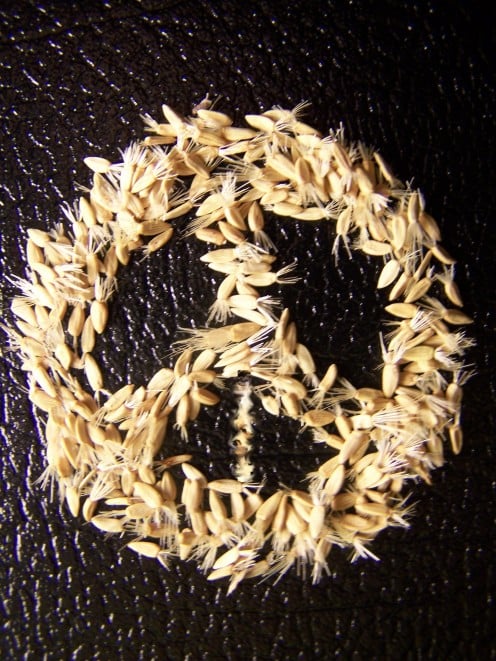Quick Plant Care Guides: How to Start Plants from Seed

Growing your plants from seed is the cheapest way to get a lot of flowers and vegetables. From a dollar pack of seeds, you could get several dozen nice plants to enjoy or to resell. I enjoy reselling extra plants.
Prepare your Soil
Most common seeds do best in a sterile seed mix. Mix one-part sand to two parts fine compost. Moisten the mix with water so it feels like a wrung-out sponge.
Be Careful with Spacing
Space your seeds far enough apart so you can remove the seedlings easily from their growing container. Do add as many as you can to the tray so you don’t waste space.
For plants like poppies, try to start them in their own tall pots so you don’t disturb their roots while transplanting. If the plant normally sends out a long taproot, aim for single, tall pots.
Read Seed Labels
Some seeds require darkness to germinate while others need light. Research your seeds before planting them. Also, keep in mind that some seeds need to be nicked or sanded before they will germinate. Cold stratifications is the process of tricking seeds into thinking they went through winter. Some seeds like sweetflag require cold stratification before they will germinate properly.
Use the Refrigerator to Start Seeds
Seeds that do not require light to germinate, like tomato seeds, sprout very well on top of the refrigerator. It stays warm there and keeps the trays out of you way. When the seeds begin to germinate, move them to an area with more light. I use a sunny windowsill.
Fertilizing Seedlings
Use a weak fertilizer at first. I use earthworm castings and worm tea to fertilize my plants. This doesn’t burn young seedlings, even if you add a bit too much.
A really good way to gently water seedlings is to get a small garden sprayer or spray bottle and mist the seedlings, saturating the soil. This prevents disturbing the roots, and ensures each leaf is coated with worm tea.
Harden Plants Off
Before you can transplant your seedlings into their final spots, they must be hardened off first. This technique is simple. Place the seedling trays in a protected area for a few hours each day. A coldframe is excellent for this. After about a week, you can plant them in their permanent spots. You may want to add a shade cloth over the plants for a few days after transplanting.
Keep the Soil Moist, at First
After your seedlings take off and are growing well, you can start to wean them off of lots of water. Begin to water deeply, less often. This encourages strong roots that go down far in search of water. Always mulch deeply to retain water.








